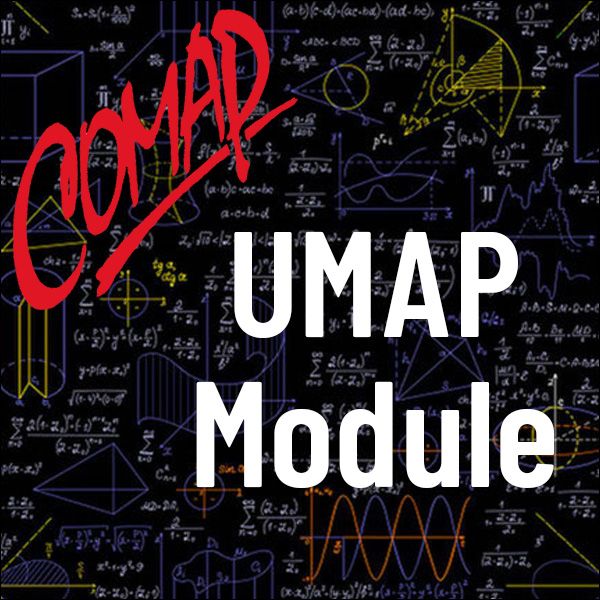Time Resources in Animals (UMAP)
Author: Kevin Mitchell and Steven Kolmes
This unit presents an alternative to the classical optimal foraging models in behavioral ecology. The model presented in this reading is concerned with a time-budgeting process dependent only upon whether an animal is hungry or satiated at a given moment. The analysis of the model is carried out using simple Markov chains.
Table of Contents:
TIME RESOURCES
The Daily Pie
Key Concepts
THE THERMOSTAT MODEL OF FEEDING
The Activity and Appetite Functions
Changing Activities
MODEL I: AN OVERSIMPLIFIED EXAMPLE
Putting the Model Together: Catepillars
Keeping Track of Changing States
Western Tent Catepillars
Generating Data by Computer Simulation
The Relationship Between d and Resting Time
The Relationship Between b, d, and Resting Time
Eastern Tent Catepillars
LAZINESS
MODEL II: VARYING PREY VALUES
The Heron as Forager
The Assumptions about Herons
Two Special Cases
The Relationship Between c, d, and Rest Time (b = 0)
Combining the Results
A DIFFERENT ANALYSIS: RATES OF CHANGE
MODEL III: ENERGY LOSS DURING FORAGING
The Cat as Forager
The Mathematical Assumptions
A Single Simplification
A Comment on Desperation
MODEL IV: THE POSSIBILITY OF STARVATION
The Changes of State for the Stressed Cat
New Questions: Surviving the Winter
Improving the Rate of Successful Foraging
The Effect of Lowered Energy Loss at Rest
Moderating Winter
Tentative Conclusions
CONCLUSION
ANSWERS TO SELECTED EXERCISES
REFERENCES
ACKNOWLEDGMENT
ABOUT THE AUTHORS
APPENDIX: COMPUTER PROBLEMS

Mathematics Topics:
Application Areas:
Prerequisites:
You must have a Full Membership to download this resource.
If you're already a member, login here.